The S. Bento Railway Station was built at the beginning of the twentieth century on the exact location of the former Convent of S. Bento de Avé-Maria. The glass and iron structure was designed by the architect Marques da Silva. The vestibule is adorned with twenty thousand tiles painted by Jorge Colaço that illustrate the transport evolution and events of Portuguese history and life.
Day 1
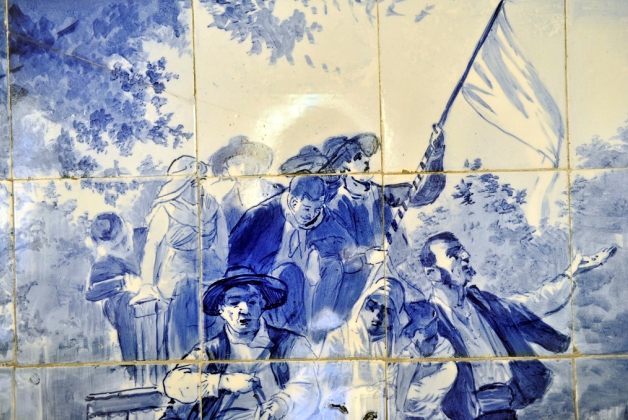
São Bento Railway Station
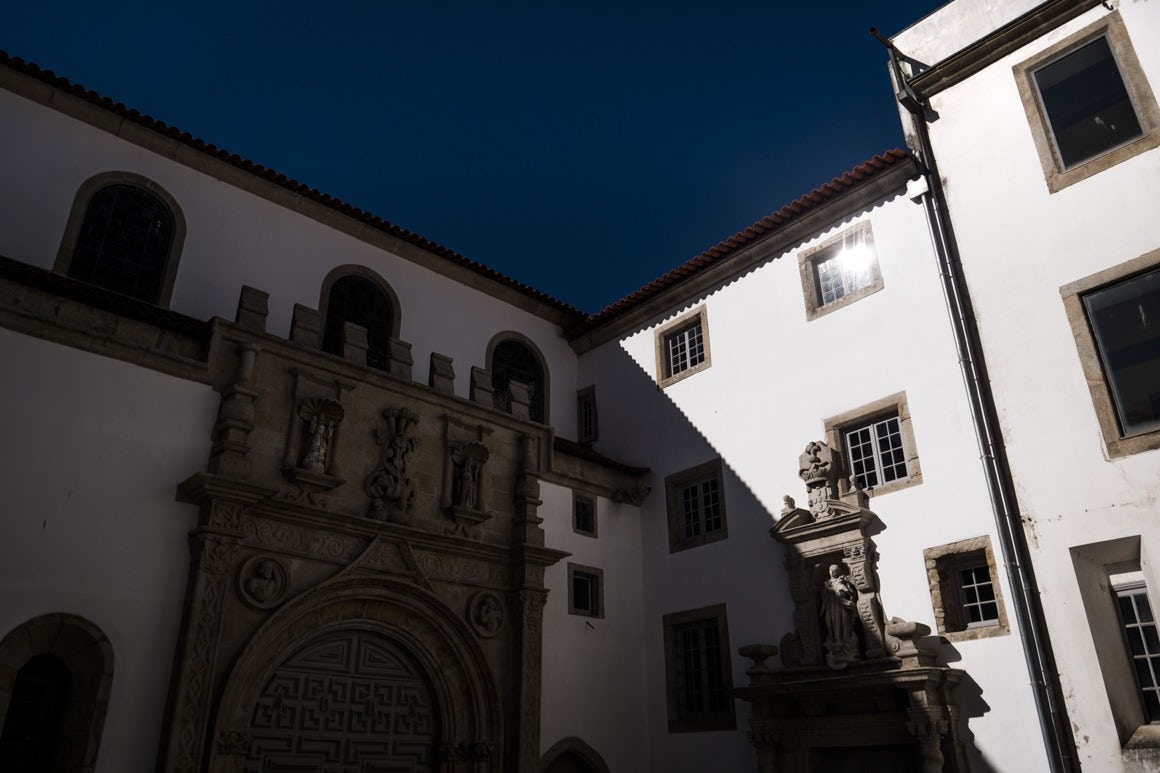
Church of Santa Clara
Building of Gothic origin whose interior was covered with golden gild in the first half of the eighteenth century. The construction dates from the first half of the fifteenth century. It went through some changes in modern times when the beautiful Renaissance portal was built. This real Baroque jewel impresses by its decorative exuberance.
Possibility of guided tours by prior booking
Mass: Tuesday and Saturday at 6pm
Cost
4 €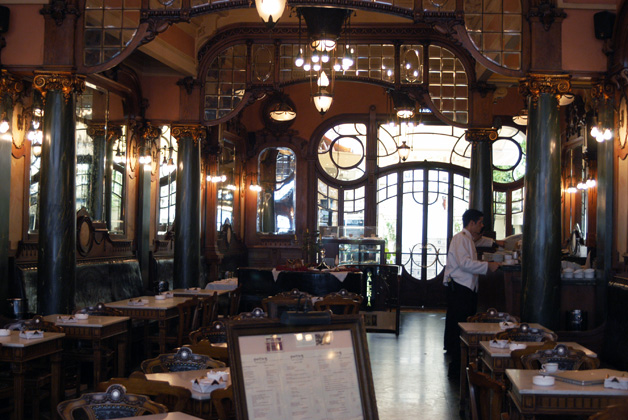
Café Majestic
Founded in 1921, it is considered to be one of the most beautiful and representative examples of Art Nouveau in Porto exuding an atmosphere of luxury, refinement and well-being. Its inherent beauty and its importance in the life of the city of Porto have deservedly led it to be classified as a building of public interest in 1983 and as a cultural heritage site thus allowing a full renovation programme to be undertaken culminating in its reopening in 1994, inviting customers to relive the fascinating Belle Époque. In J.K Rowling’s biography, written by Sean Smith, it said that when the writer was living in Porto she used to spend quite a long time at the Majestic, working on the first book of “Harry Potter”. The Majestic, according to a testimony from a client, would also be the favourite spot of Kubitshek, former president of Brazil.
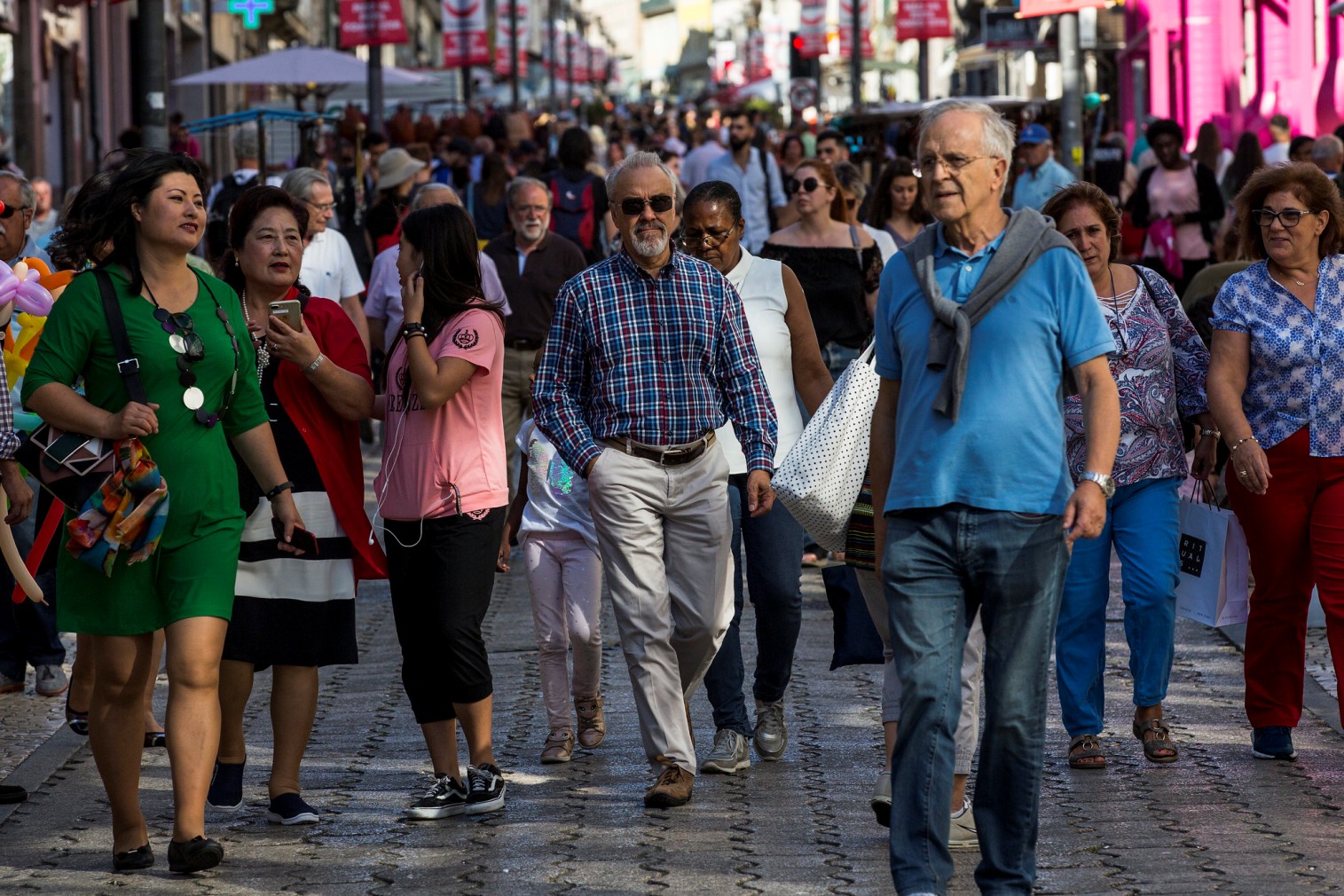
Santa Catarina Street
This owes its planning to the visionary spirit of the Almadas whose restoration work brought a new brightness to the city of Porto in the second half of the 18th Century.
The road was extended as far as Alameda da Aguardente, today’s Praça Marquês de Pombal.
Its imposing façades house some fine examples of the Art Nouveau style.
Over 1500 metres long, the Rua de Santa Catarina, part of which has been pedestrianised, is the busiest shopping street in the city centre.
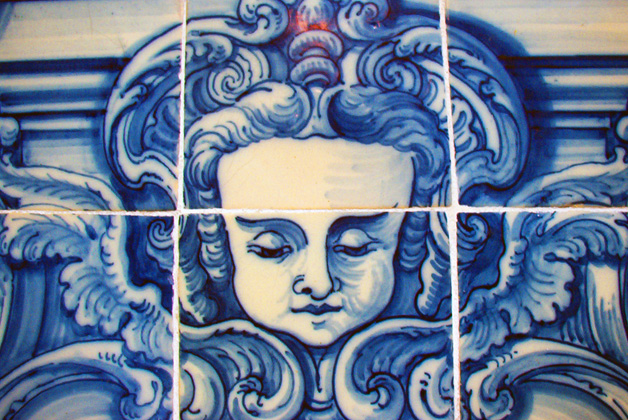
Capela das Almas
Chapel built at the beginning of the eighteenth century. From the same period is the image of Nossa Senhora das Almas (Our Lady of the Souls), which is inside. In 1929, the entire exterior was covered with tiles representing scenes from the life of St. Francis of Assisi and St. Catherine. Those tile panels were recovered in 1982.
Cost
0 €
Chocolataria Equador
This retro decorated shop is reminiscent of the 1940´s and 1950´s, yet has modern traces dotted throughout. Objects and various settings serve to tell the story of those who have had an impact on each product.
By inviting artists to design the window display, your visit to the shop will become a unique encounter between chocolate and art.
National chocolate is the shop´s strong point with its retro-cool gift wrap.
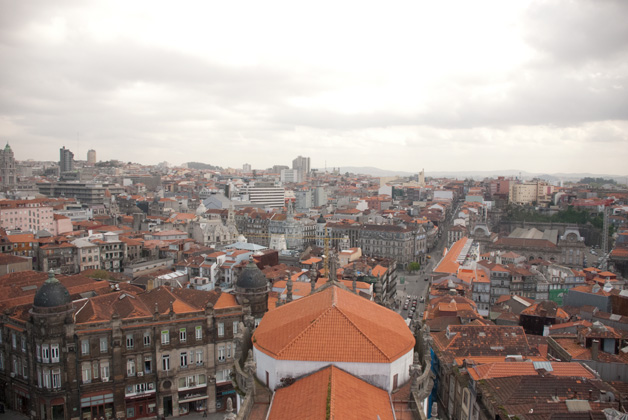
The Clérigos Tower
This baroque work by Nicolau Nasoni was built in the first half of the eighteenth century. The Clérigos Tower is one of the most emblematic monuments of the city of Porto.
The panoramic view over the city and the river Douro which can be seen from the top of the tower makes the 240 step climb worth the effort.
Capitalising on the recent work to renovate and reconvert one of the most significant buildings in the city of Porto, based on a project which rapidly resolved the restrictions on accessing the complex, a multi-sensory facility has been created which simulates the experience of climbing up the Torre dos Clérigos. In the building of the Torre dos Clérigos, you’ll find a part of the Brotherhood’s holdings and the Christus Collection, taking you back to a time and space where art and religion complemented each other.
Cost
8 €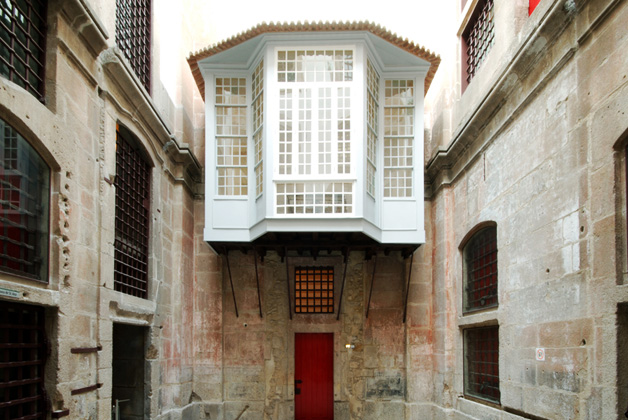
Centro Português de Fotografia
The Portuguese Centre for Photography is a free access public service, headquartered in the former Court of Appeal building. It was created in 1997 by the Ministry of Culture being presently under the tutelage of the General Direction of Archives. The powers assigned to it aim at the promotion and enhancement of photographic heritage, including the archive treatment and the management of the National Collection of Photography.
The CPF develops as well an annual programme of temporary exhibitions, offers a permanent exhibit comprising a rare and valuable collection of photographic cameras, a specialized library providing as well as consultation and copying services, a shop, and a free service of guided tours to the building and to the exhibitions, subject to advance booking.
Closed: January 1st, Easter Sunday, May 1st and December 25th.

Leitaria da Quinta do Paço
Leitaria da Quinta do Paço began its history back in 1920 producing milk and its derivatives, such as butter, cheese and whipped cream.
It was the first milk distributor in the northern region and also the first to distribute pasteurized milk in glass bottles to the Porto milk sellers who, by that time, would deliver milk with a pitcher on their head. It has been awarded several prizes through the years, all for the quality of its milk products. Its pastry, handmade according to original recipes since 1920, is famous for the éclairs stuffed with whipped cream, with special mention to the classic chocolate éclair, registered as the Porto Sweet. At Leitaria da Quinta do Paço production is daily, always fresh and limited to the quantities available, working under the motto “all good things come to an end”.
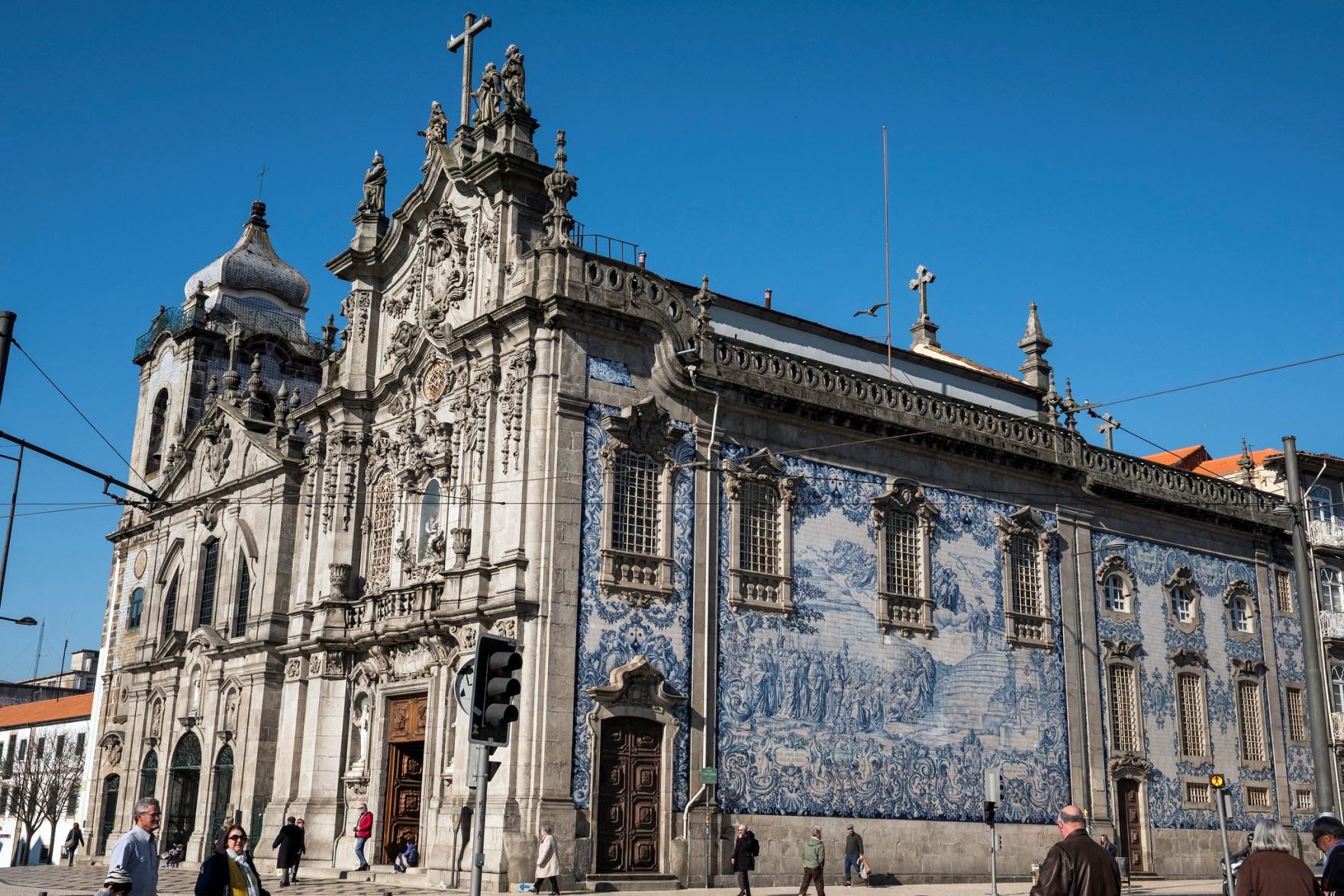
Carmo Church
Church built in the second half of the eighteenth century. Due to its architecture and interior carvings, it is considered to be one of the most remarkable buildings of Porto rococo.
In 1912, its lateral façade was covered with tiles. The drawings on those tiles were designed by Silvestre Silvestri. They are figurative compositions alluding to the cult of Nossa Senhora (Our Lady).
Building designated national monument.
Cost
5 €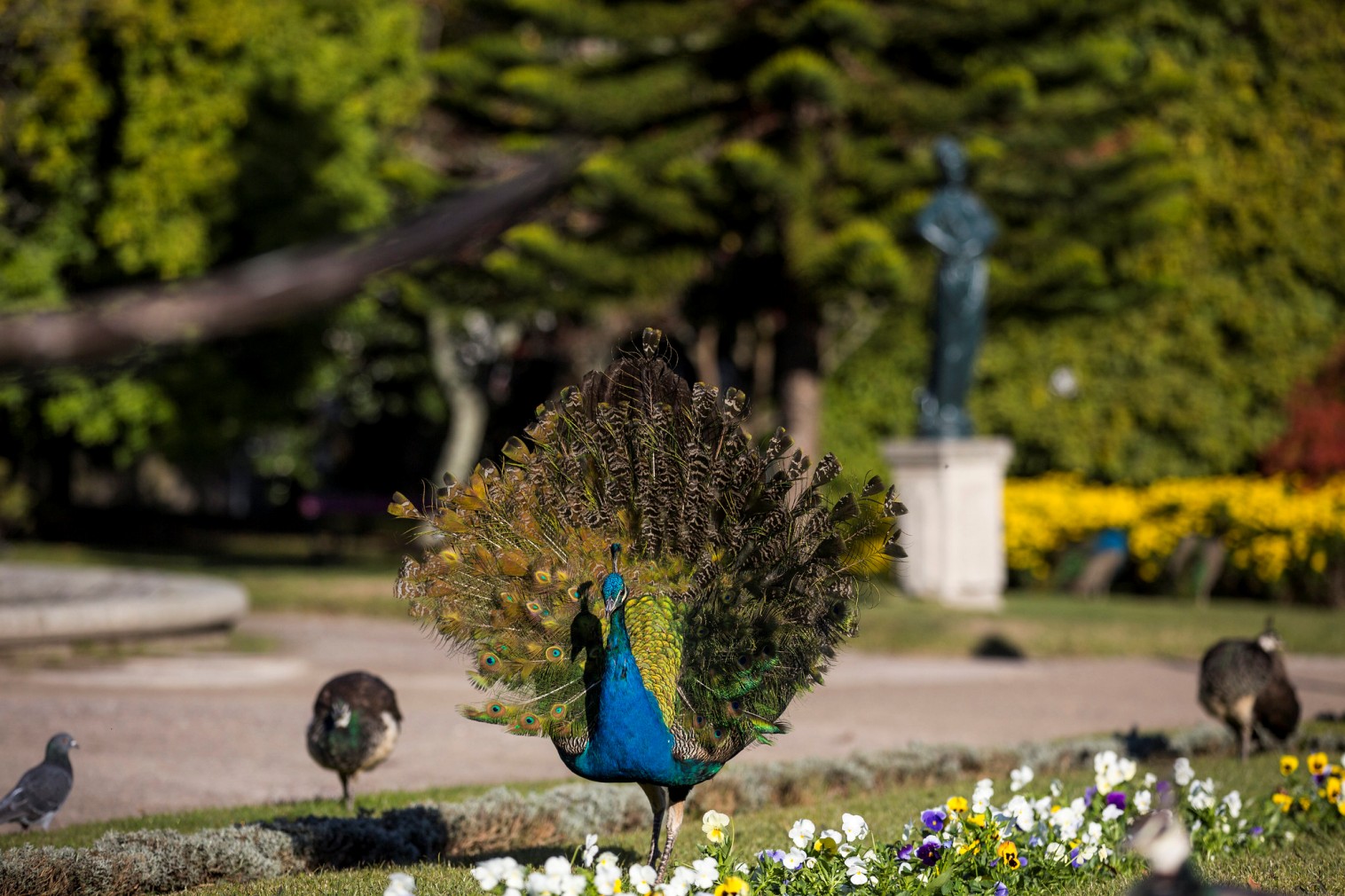
Palácio de Cristal Gardens
The Romantic Gardens of Palácio de Cristal occupy an area of 8 hectares in Porto´s centre and they were designed in the 19th century by the German landscape architect Émille David, in the context of constructing the building of Palácio de Cristal (Crystal Palace). Currently, the following still remain preserved in accordance with the original project: Jardim Émille David at the main entrance, Avenida das Tílias, the forest and the balconies´ design over the river Douro. We can also contemplate magnificent panoramic views over the river and the city that the viewpoints in strategic places offer to us. It is to be noted that these gardens, making a good use of the botanic heritage and of the ludic-cultural dynamics, is home to an Environmental Education Centre.
Flora: North American Tulip Tree (Liriodendron tulipifera), Box elder (Acer negundo), Tilia (Cordata, Platyphyllos and Tomentosa), Camelia sp., Magnolia (Magnolia grandiflora), Metrosideros, Palm Tree (Washingtonia Robusta), Norfolk Island Pine (Araucaria Heterophylla)
Available Infrastructures: public toilets; Cafe/ Restaurants; Sports Pitch and Court (Football and Basketball); Playground; Library and Centro de Educação Ambiental (CEA) and Museu Romântico.
October 1st to March 30th: 8am-7pm
April 1st to September 30th: 8am-9pm
Day 2
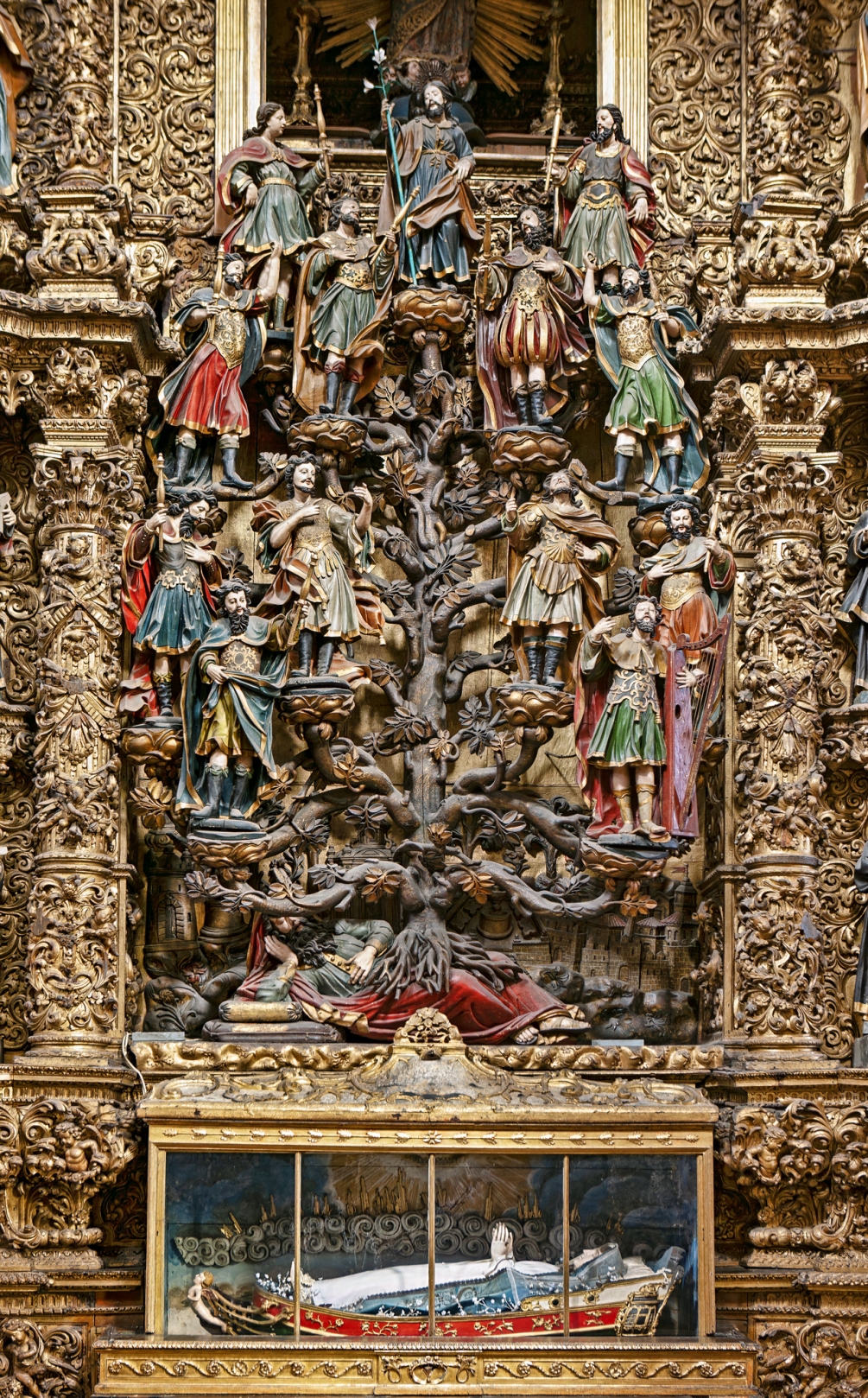
Igreja de S. Francisco do Porto
The city’s most important Gothic temple, whose construction began in the fourteenth century.
It is one of the most important works of the Baroque, by its gilded interior from the seventeenth and eighteenth centuries. It was the exuberance of its gild carved wood work that led Count Raczinsky to describe it as the “Church of Gold”. And, overwhelmed, he adds: “The gild of this church is so beautiful and rich that goes far beyond everything I have seen in Portugal and in the whole world”. It is worth of notice the Tree of Jesse, as well as the catacombs.
It is a National Monument since 1910 and World Cultural Heritage by UNESCO since 1996.
January, February, November and December: 9am-6pm
March, April, May, June and October: 9am-8pm
July, August and September: 9am-8pm
Cost
8 €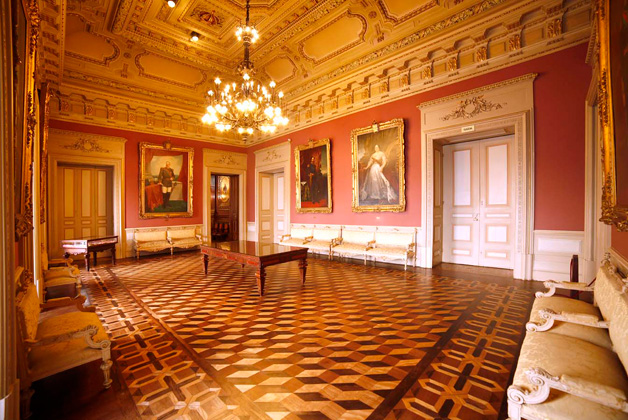
Palácio da Bolsa
The Jewel in the City, a unique building.
In the historic centre of Porto, World Heritage Site, Palácio da Bolsa or Stock Exchange Palace, is the city and region’s crowning jewel. The building is designated a national monument and is the headquarters of Associação Comercial do Porto. It was built in the second half of the 19th century.
Of neoclassical style, some of the biggest names in Portuguese architecture were involved in the different stages of its construction, including Marques da Silva and Tomas Soller. Painting and sculpture involved figures such as Veloso Salgado, Henrique Medina, Teixeira Lopes and Soares dos Reis.
Many famous personalities of the 19th, 20th and 21st centuries have graced Palácio da Bolsa. Monarchs, Presidents of the Republic, and numerous world leaders have all walked its hallways. The elegance and diversity of the interior also ensure that Palácio da Bolsa is one of the northern region’s most visited monument, with over 300,000 visitors every year.
Palácio da Bolsa is one of the most privileged venues for holding political, economic, cultural and social events - from ceremonies to conferences and exhibitions to concerts, congresses and parties. Providing excellent conditions, the Palace stages most of northern Portugal's official receptions and its many rooms mean that it is highly versatile and able to hold a wide range of events.
Accessible for people with reduced mobility through a side entrance.
Closed: March 28th to April 4th / December 25th / January 1st
December 24th and 31st closed at 1pm
Cost
10 €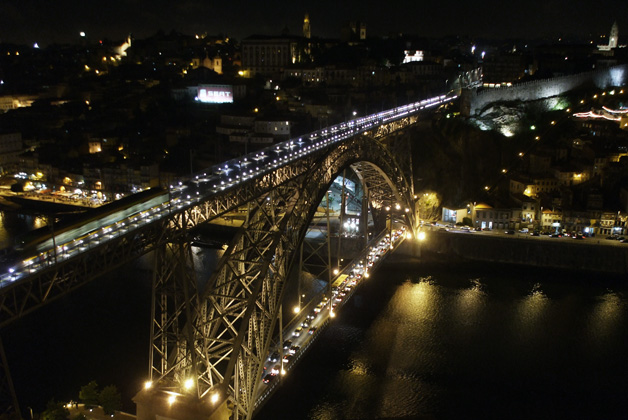
Luiz I Bridge
Designed by the engineer Théophile Seyrig, a disciple of Eiffel, it was inaugurated in 1886 and it is composed by two overlapping iron decks.
The bridge is 395 metres long and 8 metres wide, and its arch is considered, until 2017, the world’s biggest one in wrought iron.
Nowadays the upper deck is used by Greater Porto’s Metro, connecting the Cathedral’s area in Porto to Jardim do Morro and to Avenida da República in Vila Nova de Gaia.
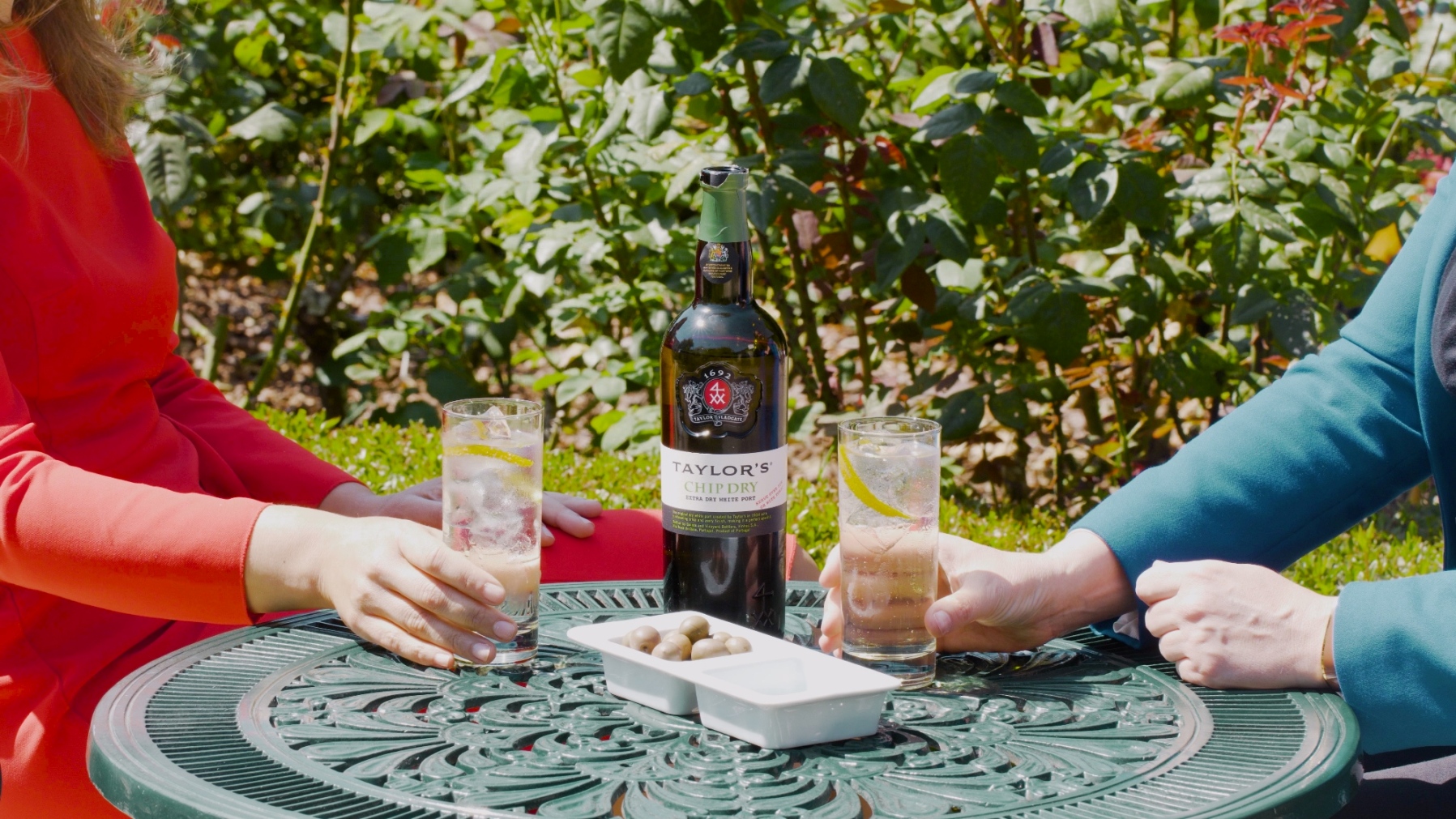
Taylor's Cellars
With four centuries of existence, Taylor's has an educational audio-guide tour that will take visitors to a lively tour of the cellars, including a series of films, images, exhibits, photographs and paintings. Visitors will thus have the opportunity to travel to the past and learn more about: the history of Port wine, the current wine production, the Douro Valley and the history of Taylor's house, learning about its past, present and its wealth of exceptional Ports. In addition to the two wines included on the tour, there is a range of Port wine tastings for our visitors to enjoy, including a selection of aged Tawny Port wines or sipping the classic and renowned Vintage Port Taylor's wine. Various other experiences are also available as well as the possibility to enjoy a great meal in the restaurant "Barão de Fladgate".
Cost
15 €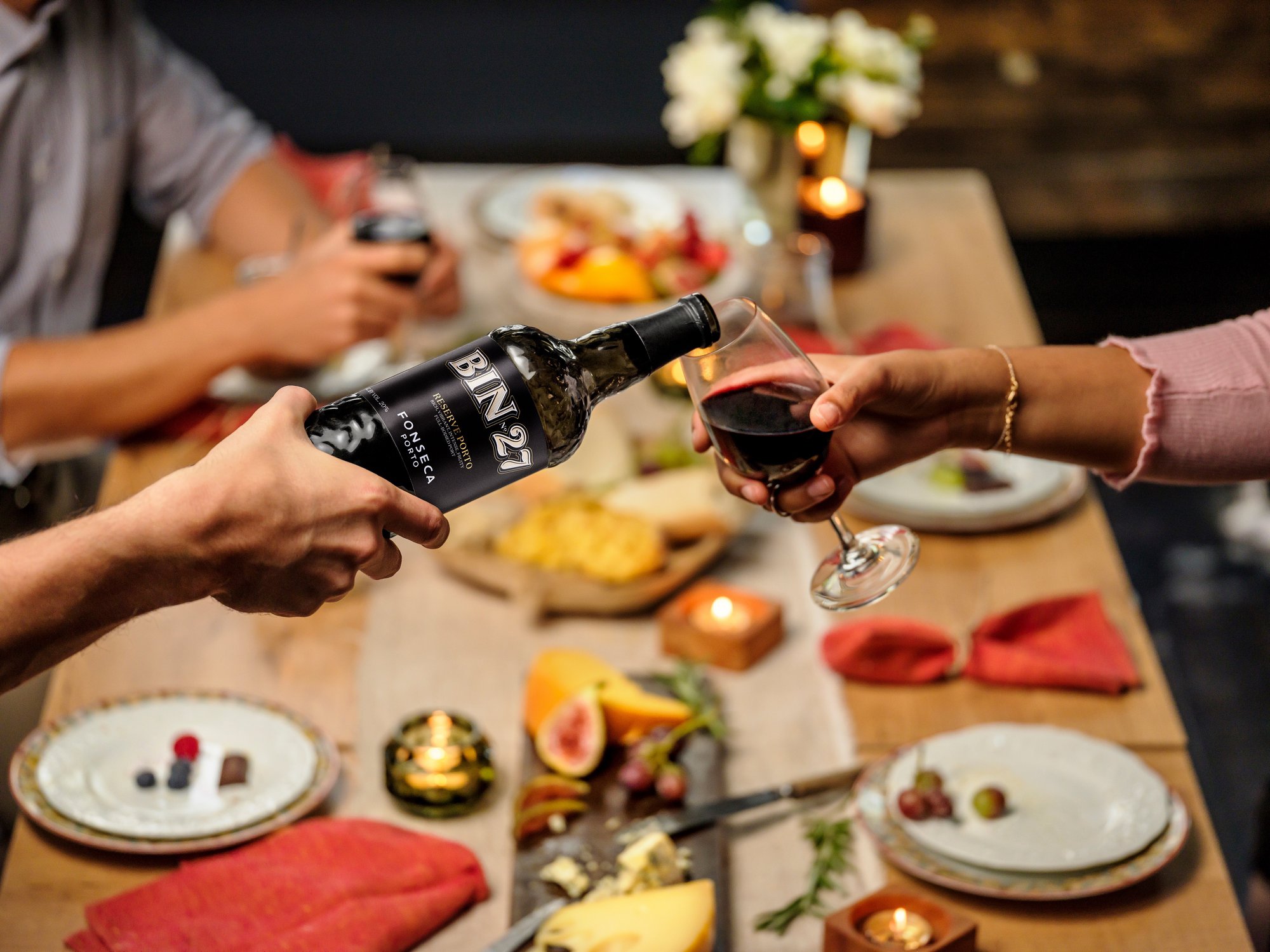
Fonseca Cellars
Housed in cellars with centuries of history, the Fonseca Experience enables guests to learn the uniqueness of the Douro valley, Port wine and the role that the Fonseca House has been playing in sustainable viticulture.
Guests who wish to explore the versatility of Port wine, will find several tasting options which the famous Vintages Fonseca stand out. They can also enjoy tastings in a private room with spectacular views of the historic area of Porto or choose to discover the delicious Port wine cocktails.
Cost
9 €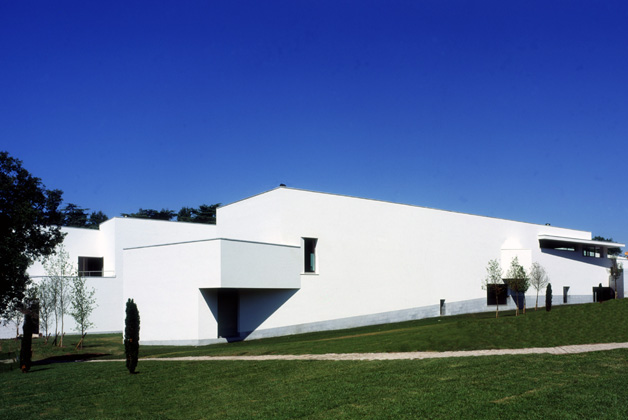
The Serralves Museum
The Serralves Museum is Portugal’s leading contemporary art museum, designed by the architect Siza Vieira and located in the unique spaces of the Serralves Foundation, which include the Park and Villa. Through its permanent collection, temporary exhibitions, educational programme, public sessions, concerts, dance shows and performances, editorial activity and national and international partnerships, the Museum fosters the enjoyment and understanding of contemporary art and culture. Core activities within the Museum’s mission include presentation to various audiences of works by the most respected artists of our time, strengthening ties with the local community and fostering reflection about the relationship between art and the environment, which is intrinsic to the context of Serralves.
Cost
15 €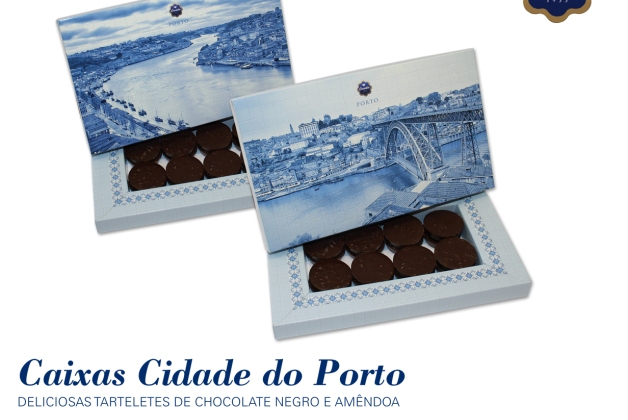
Confeitaria Arcádia- Chocolate House
Located on Avenida da Boavista, this Arcádia House of Chocolate follows a concept that combines traditional coffee shop and tea house service with the most contemporary needs. Settled in a 250 m2 space, you can choose between its quiet and exquisite interior or sitting comfortably on the terrace and experience the ambience and bustle of the city.
Arcádia offers you good taste, unique moments and a great variety of chocolates that challenge your senses.
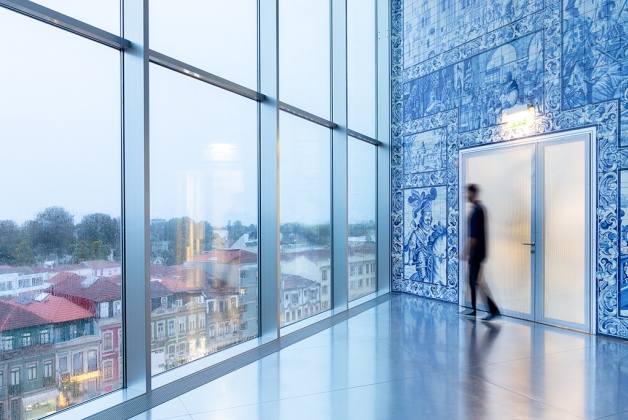
Casa da Música
Building designed by the Dutch architect Rem Koolhaas, Casa da Música was inaugurated in 2005 and since then has become an icon of contemporary architecture, attracting visitors from many different parts of the world.
The programming, which is both dynamic and innovative, ranges from classical music to the forefront of urban trends, benefiting greatly from their four resident groups: Symphony Orchestra, Remix Ensemble, Baroque Orchestra and Choir. The institution also plays an important role in education, promoting concerts, workshops and various activities for families with children and schools. Daily there are guided tours to the building, which has several bars and a restaurant located on the rooftop, with a magnificent view over the city.
On performance days the box office is open until 30 minutes after the start of the show.
Map View
Plan Your Trip
Arriving

Covered by an ever progressing, accomplished transport network, getting to Porto could never be easier whether it be by plane, bus, car, boat, train or metro.
Getting around

Travelling within the city is made simple should you go by public transport, your own car or a hired one.
Practical information

Here you will find some basic data on Porto as well as information on various public and private services available.
History

This is one of Europe's oldest tourist destinations. Its wealth of artistic heritage, Port Wine, open-air leisure spaces and cultural life are just some of the reasons to visit this city.
Everything you need to know


